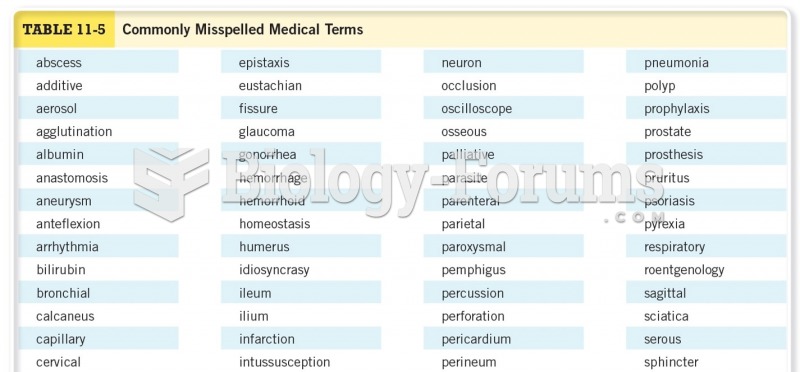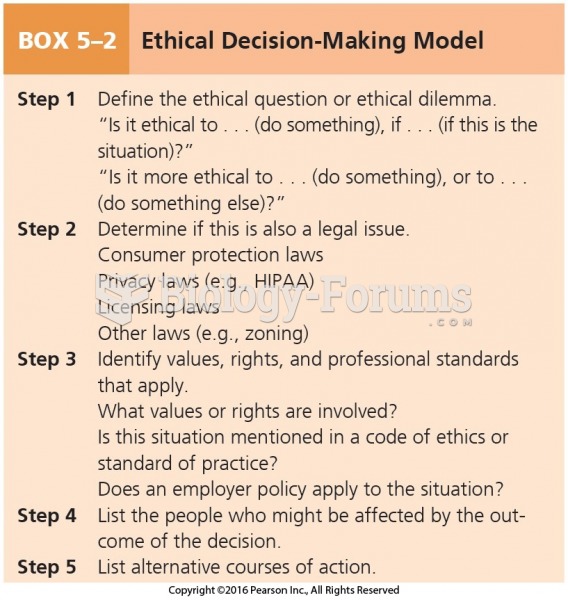Answer to Question 1
Illusory Correlation: We are predisposed to see particular events or attributes and categories as going together, even when they do not. This phenomenon is called illusory correlation. In the case of events, we may see spurious cause effect relationships. In the case of attributes, we may use personal prejudices to form and use stereotypes (perhaps as a result of using the representativeness heuristic). For example, suppose we expect people of a given political party to show particular intellectual or moral characteristics. The instances in which people show those characteristics are more likely to be available in memory and to be recalled more easily than are instances that contradict our biased expectations. In other words, we perceive a correlation between the political party and the particular characteristics.
Overconfidence: Another common error is overconfidencean individual's overvaluation of her or his own skills, knowledge, or judgment. People also tend to be biased in favor of their own attitudes and beliefs. For example, if someone believes that people who have business degrees are particularly well versed in business matters, they may pay particular attention to news articles and facts that confirm their belief. They also generate evidence and test their ideas in a way to conform to their beliefs. This is called myside bias.
Hindsight Bias: Hindsight bias occurs when we look at a situation retrospectively, and we believe we easily could have seen in advance all the signs and events that led up to a particular outcome. In the hindsight bias, people misremember their original judgment of a situation in the face of the outcome of that situation. Thus, it is a form of memory distortion. Not surprisingly, therefore, the tendency toward this bias is negatively correlated with working-memory capacity: People with poorer working-memory capacity are more susceptible to the bias.
Answer to Question 2
The take-the-best heuristic belongs to a class of heuristics called fast-and-frugal heuristics (FFH). As the name implies, this class of heuristics is based on a small fraction of information, and decisions using the heuristics are made rapidly. These heuristics set a standard of rationality that considers constraints, including, time, information, and cognitive capacity. Furthermore, these models consider the lack of optimum solutions and environments in which the decision is taking place. As a result, these heuristics provide a good description of decision making during sports. Fast-and-frugal heuristics can form a comprehensive description of how people behave in a variety of contexts. These behaviors vary from lunch selections to how physicians decide whether to prescribe medication for depression, to making business decisions.







